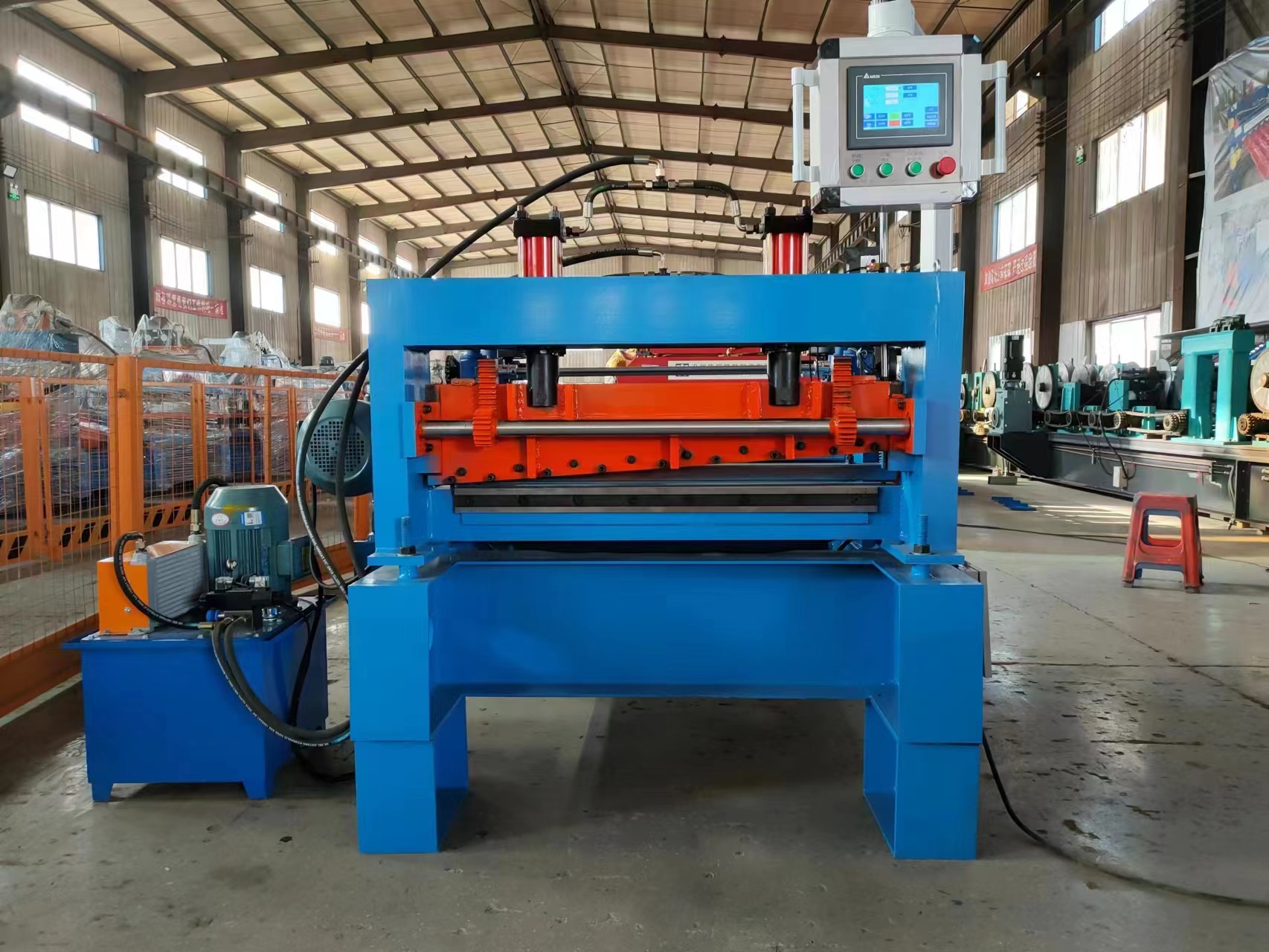
The Importance of Noise Barrier Cold Bending Machines in Modern Infrastructure
In the modern era of urban development, noise pollution has become a significant concern for city planners, engineers, and residents alike. As cities expand and populations grow, so does the cacophony of everyday life, from bustling traffic to construction activities. To mitigate this pervasive issue, noise barriers have emerged as an effective solution. Among the innovative technologies that enhance the effectiveness of noise barriers, cold bending machines play a crucial role.
What is a Noise Barrier?
A noise barrier is a structure designed to reduce noise pollution from roadways, railways, and industrial sites, protecting nearby communities and improving the quality of life for residents. These barriers can be constructed from various materials, including concrete, wood, metal, and composites, each offering different benefits in terms of sound absorption, durability, and aesthetics.
However, the effectiveness of these barriers hinges not only on the materials used but also on their design and construction. Cold bending machines have become a staple in the fabrication of noise barriers, enabling manufacturers to create customized, effective solutions tailored to specific environmental needs.
Understanding Cold Bending Machines
Cold bending machines operate by applying mechanical force to materials without raising their temperature. This technique allows manufacturers to create various shapes and curves necessary for effective noise barrier construction. Unlike traditional bending methods that typically involve heating materials, cold bending maintains the integrity and strength of the raw materials, ensuring long-lasting performance.
These machines can work with multiple materials, including metals like steel and aluminum, which are often preferred in noise barrier applications due to their durability and structural integrity
. Cold bending enables the fabrication of panels that fit seamlessly into the landscape, which can enhance both functionality and aesthetic appeal.
Advantages of Using Cold Bending Machines
1. Precision and Customization Cold bending machines allow manufacturers to create precisely shaped noise barrier panels that fit specific site requirements. Customization options are vast, allowing for variations in height, width, and curvature, tailored to the unique needs of the project.
2. Material Preservation Since cold bending does not involve heating, the risk of material distortion due to thermal stresses is minimized. This capability ensures that the structural properties of materials remain intact, leading to higher resilience against environmental factors.
3. Efficient Production With advancements in technology, modern cold bending machines integrate automated processes, reducing labor costs and production time. This efficiency not only helps manufacturers meet tight deadlines but also allows for rapid deployment in critical infrastructure projects.
4. Sustainability Many noise barriers are now designed with environmentally friendly materials. Cold bending facilitates the use of recycled or sustainable materials without compromising performance. This contributes to a greener approach to urban development.
Conclusion
As urban landscapes continue to evolve, the importance of noise mitigation becomes increasingly evident. The role of noise barriers is crucial in ensuring that the quality of life for residents is preserved amidst the hustle and bustle of city life. Cold bending machines represent a significant advancement in the construction of these barriers, offering precision, durability, and efficiency.
Investing in state-of-the-art cold bending technology not only allows manufacturers to meet the rising demand for effective noise barriers but also paves the way for sustainable urban development. As cities grow and expand, the continuing innovation in noise barrier construction will play a pivotal role in creating harmonious living environments, ultimately serving the universal goal of improved public health and well-being.